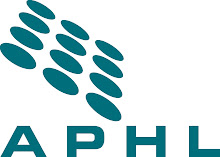According to a CDC estimate, close to 250,000 Americans are unknowingly infected with HIV. CDC recommends HIV screening as part of routine patient care for all people between the ages of 13 and 64. Yet despite improvements in care, social stigma and lack of awareness still prevent many from receiving tests for HIV.
Rapid detection of new HIV infections and successful linkage of HIV-positive patients into care are crucial factors in breaking the transmission cycle. In an effort to improve outreach and access to testing, CDC is targeting resources to high-risk communities. But while community outreach is integral part of the fight against HIV, fast and accurate laboratory diagnostics also plays an important role.
Public health laboratories support HIV treatment and prevention initiatives in multiple ways. They not only provide timely diagnostic tests, but many also conduct surveillance for drug resistance and offer tests for patient care and disease management. Public health laboratories implement advanced testing technologies as they become available to detect infections earlier and confirm infections more accurately.
The observance of National HIV Testing Day this past Saturday highlights the role of community outreach and increased testing in fighting the HIV epidemic. But behind the scenes, the daily work of public health laboratories plays an essential role in the speedy diagnosis of infection and the vigilant surveillance of disease.
Wednesday, July 1, 2009
Subscribe to:
Comments (Atom)




